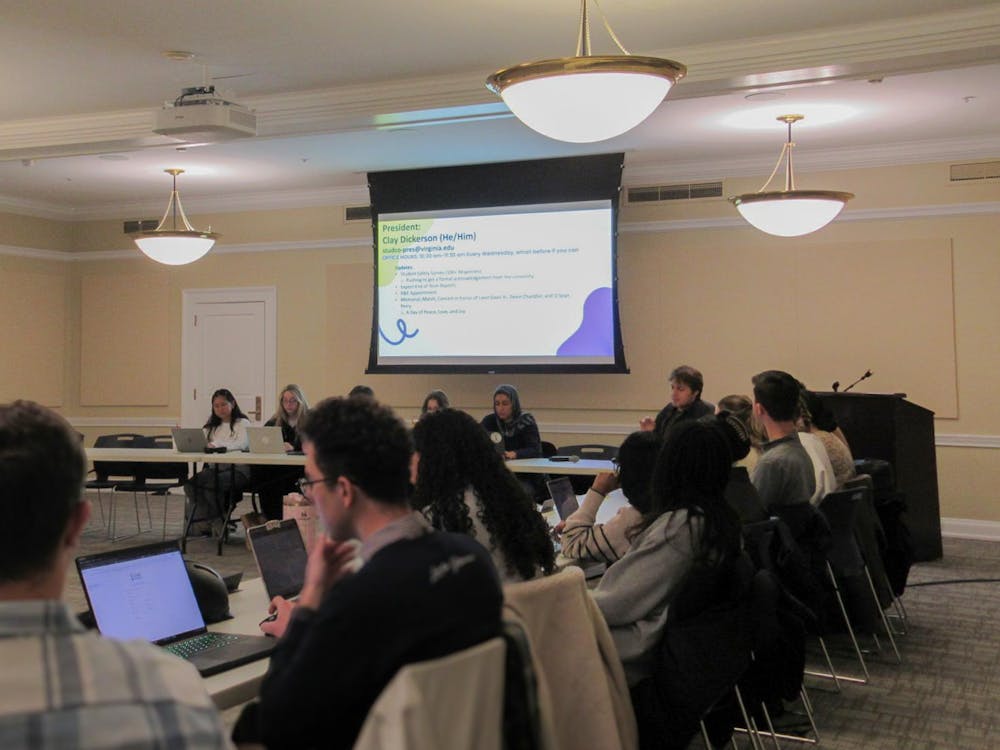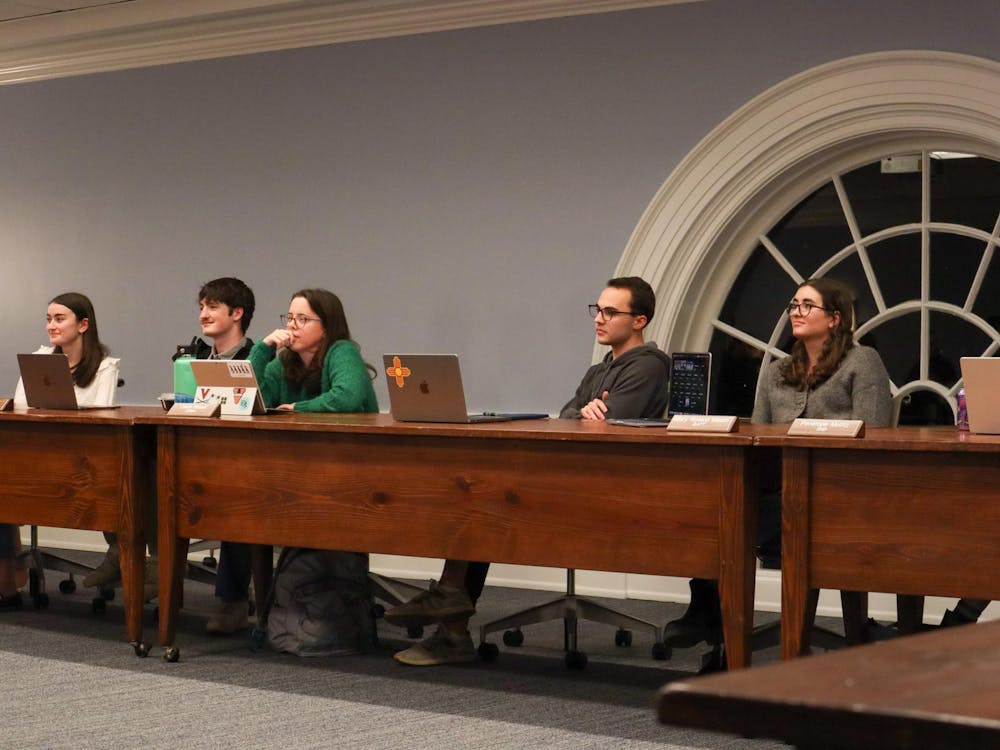The National Science Board released its "Science and Engineering Indicators" 2006 report last Thursday, illustrating below average scores in science and mathematics literacy levels in 15-year-old American students in comparison with those of other countries' students of similar age.
The "Science and Engineering Indicators" report is created every even-numbered year for use by both the President of the United States and the U.S. Congress, said Jean Pomeroy, senior policy analyst for the National Science Board Office.
"This is the 17th in the biannual series," Pomeroy said. "It's a statutory report--that is it's required by Congress."
The study illustrates information compiled by the Program for International Assessment from research done in 2003 with international students fifteen years of age, said Eugene Owen, statistician at the National Center for Education Statistics.
Fifteen "is the last year that most countries have the majority of their students in an educational setting," Owen said. "That makes PISA a good comparison."
PISA uses information contributed by the Organization for Economic Cooperation and Development, said Mike Bowler, communications director of the Institute of Education Sciences.
The OECD is an "intergovernmental organization based in Paris--they do these assessments on a regular basis," Bowler said.
These assessments consist of tests administered to international students averaging 15 years of age, Bowler said.
According to the last PISA report from 2003, which was used in the "Science and Engineering Indicators" report, students' mathematics literacy scores for the United States were 17 points below the OECD average. At 483 out of 700 points, the U.S. average was lower than the averages of 23 other countries where the OECD test was administered.
Similarly, the U.S.'s science score fell short of the OECD average by nine points, according to the report.
"There's some concern that we're not doing that well being able to apply our knowledge in schools at the 15-year-old level," said Bill Noxon, spokesperson for the NSB. "The Science Board wants to look at very carefully how we do K-12 math and science."
The trend toward lower levels of proficiency is not new to mathematics, said University Prof. Ira Herbst, chair of the mathematics department.
"This is a well-known fact about math and science education in the elementary, middle and high schools," Herbst said. "I think it's improving, but the country has not focused many of its resources on math and science education."
To some professors at the University, students seem less prepared for collegiate math than they did in years past, however the math department is working on increasing participation levels, Herbst explained. "We try to maintain standards, and we don't have remedial programs in mathematics," he said. "We're trying to spark some interest in mathematics among non-math majors."






